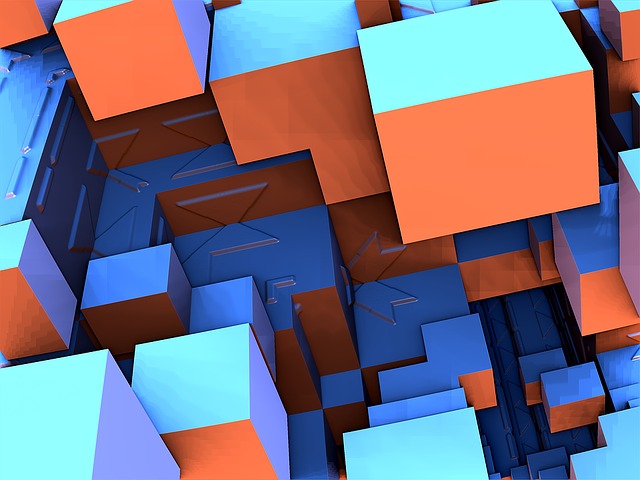Wild Maths
Wild maths is mathematics without bounds. Here, you are free to roam and develop as a mathematician. We invite you to embark on a mathematical adventure!
Mathematics is a creative subject. It involves spotting patterns, making connections, finding new ways of looking at things and using what you already know in new contexts. Creative mathematicians play around with examples, draw pictures, have the courage to experiment and ask good questions.
We provide games, investigations, stories and spaces to explore, where we know there are discoveries to be made. Some have starting points, some a big question and others offer you a free space to investigate. Have a go at anything that catches your eye. You can find the full collection of activities, and explore challenges and investigations that are linked by some shared mathematical areas, by clicking on the 'Pathways' link in the top menu.
We'd love you to share your ideas and discoveries. You can share ideas via the comments at the bottom of each resource, or email us by clicking on the 'Share your discoveries' link at the bottom of each page.
Happy exploring!




